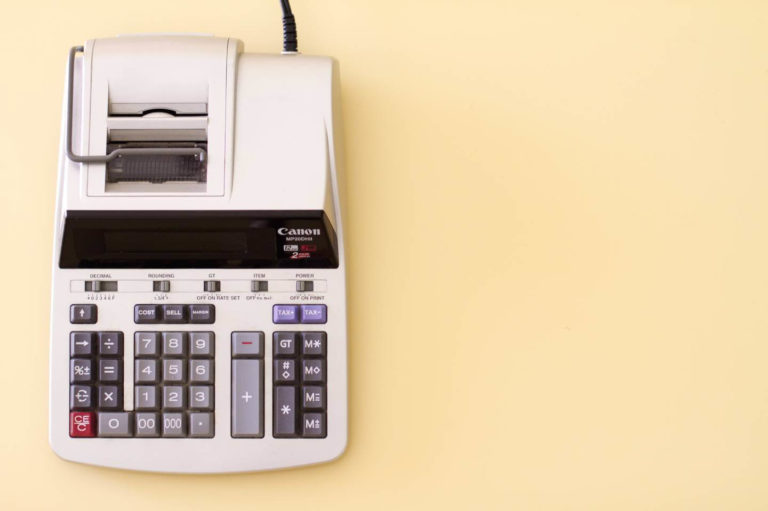A master budget combines all of the smaller budgets within your business and turns them into one overall budget, so you can get a comprehensive overview of your firm’s finances. The master budget includes the HR, marketing, and all other departmental budgets to produce an overall single budget.
Commonly, it’s thought that it is one large budget of the company. However, it’s not the case, it’s in fact a summary of the divisional budget and is used as a continuous financial plan. Furthermore, it also includes the financial planning, cash-flow forecast, budgeted profit and loss account, and balance sheet of your organisation. Usually, firm’s produce a master budget yearly.
The one year budget planning document encompasses all other budgets, it coincides with the fiscal year and can be split into quarters and further, into months. If you decide that the master budget is going to be an ongoing documents, i.e. rolling year on year, then usually a month is added to the end of the budget to facilitate planning. This is called continuous budgeting.
What’s included?
This depends on the scale of your business, however, no matter the size, it remains the most comprehensive budget planning document. It usually contains two parts; the operating budget and the financial budget.
The operating budget
The operating budget shows the income that’s generated by the activities of the firm, including revenues and expenses. The result is a budgeted income statement.
It’s composed of eight supporting planning schedules, they’re interrelated and come together to develop the income statement. It’s important to note, the operating income isn’t the same as net income, to get a true net income result, you’ll need to subtract out the financial budget.
The eight supporting schedules you’ll need to produce are;
- Sales budget: this is based on the sales forecast and can be adjusted at managerial discretion.
- Production schedule: you should determine the number of sales the company expects to make in the next year, and it should budget how many sales units need to make to meet the sales budget and inventory requirements.
- Direct materials purchases budget: this refers to the raw materials the firm uses in its production process.
- Labour budget: this takes into account the manual costs of the work being carried out.
- Overhead budget: this will include fixed and variable overhead costs.
- Finished goods inventory: this is necessary to complete the cost of goods sold budget and the balance sheet.
- Cost of goods sold budget: this allows you to account for the actual cost of the products you have produced, it assigns a value to every unit of the product based on raw materials, direct labour, and overheads.
- Administrative budget: The selling and administrative expense budget deals with non-manufacturing costs such as freight or supplies.
Operating budgets are prepared first, as information from this is needed to generate the financial budget.
The financial budget
The financial budget shows the inflows and outflows of cash and other parts of the firm’s financial position. In-comings and outgoings of cash come from the cash budget and as such, the result of the financial budget is the budgeted balance sheet.
The three remaining budgets found in the financial budget are;
- Cash budget: this states inflows and outflows of cash, expected borrowing, and expected to invest – on a monthly basis. Any item that isn’t cash is ignored here.
- Budgeted balance sheet: this gives the ending balances of the asset, liability, and equity accounts.
- Budget for capital expenditures: this contains budgetary figures for the large, expensive fixed assets for the firm.
These are the most used budgets within the master budget of a business. To manage your budgets you should consider an invoice and billing software that also saves you much needed time. With Holded you can manage your business expenses and purchases from any device, any time.











